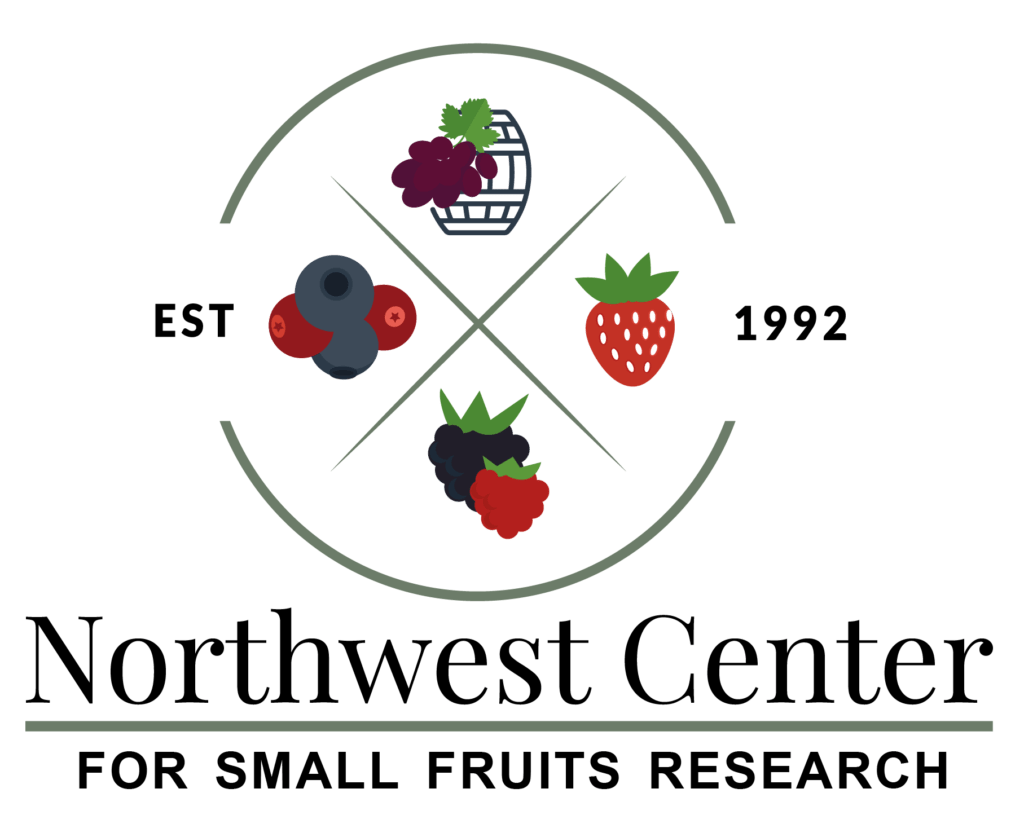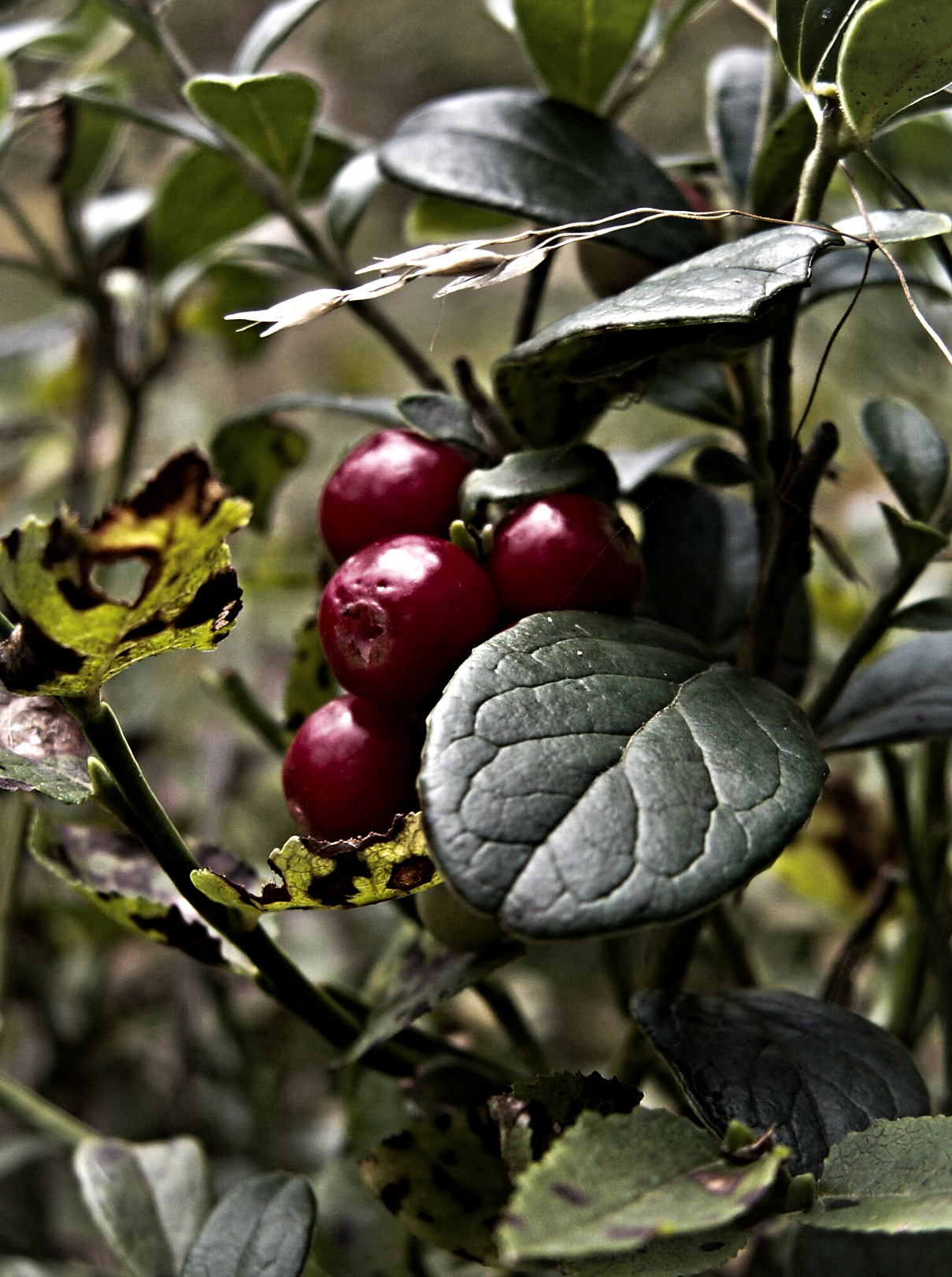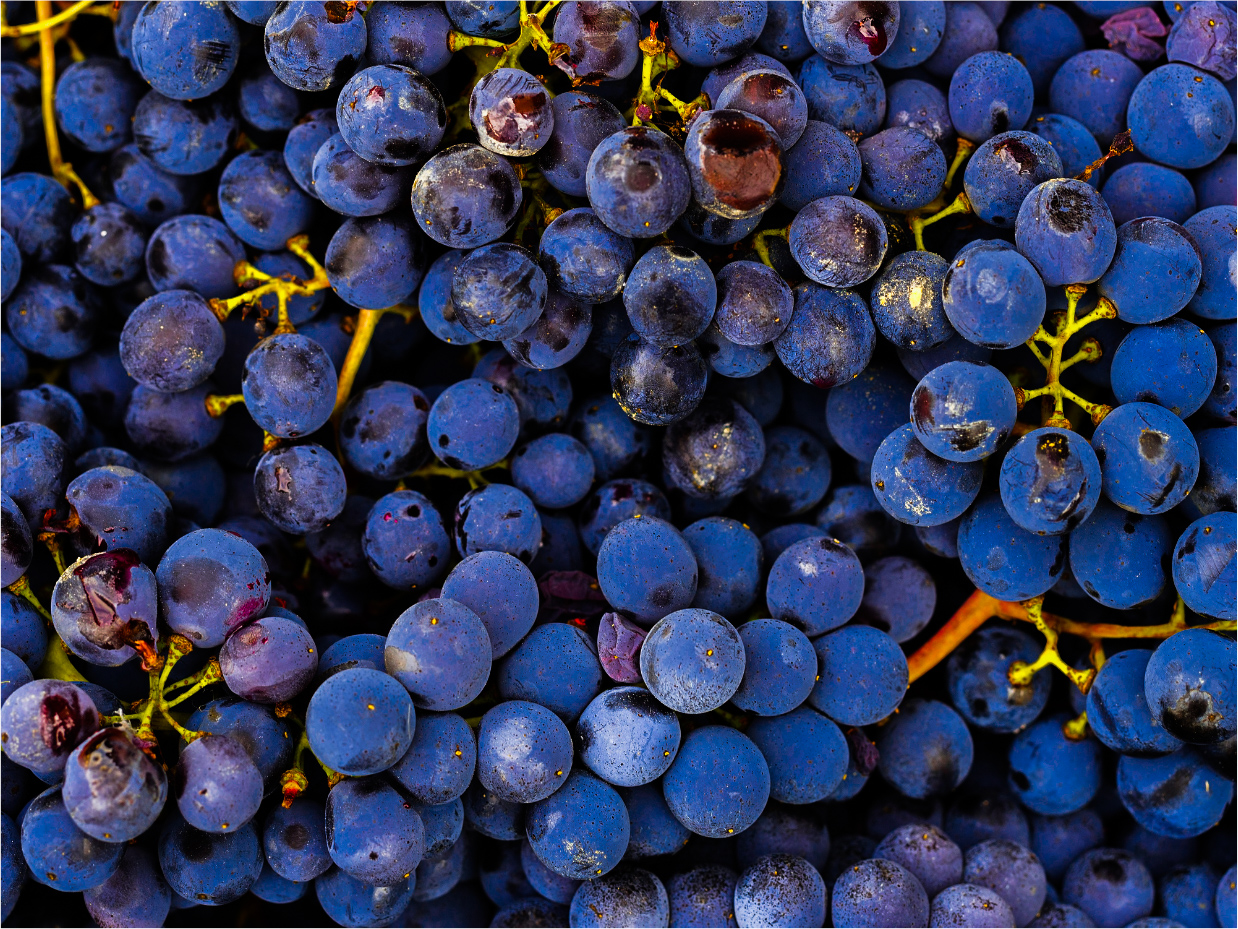Identification of the fungal pathogen causing dry-berry and development of tools for rapid identification
Dry-berry, a disease of raspberry and blackberry, whereby immature green berries are killed, was first described in British Columbia, Canada in the 1950’s. The pathogen was named Rhizoctonia rubi, and we have made significant progress in reexamining the identity of the pathogen with molecular methods and determining its fungicide sensitivity. We characterized DNA sequences of 14 dry-berry fungal isolates and determined that the fungal pathogen causing dry-berry disease is a novel species of Monilinia, not a Rhizoctonia species as previously thought. This has major implications on the types of fungicides that will best manage the disease. Using these DNA sequences, we are now developing PCR-based tools to rapidly confirm dry-berry disease in less than a day.





